
To make the process of selling your car smooth and transparent, use a private car sales receipt. This document acts as proof of the transaction between the seller and buyer, providing clear details about the car and the terms of the sale. Make sure the receipt includes the full names and addresses of both parties, along with the car’s make, model, year, VIN (Vehicle Identification Number), and mileage at the time of sale.
Include the sale price and specify any conditions or warranties. If the sale is “as is,” be sure to note it clearly, so both parties are aware of the terms. Additionally, include the date of the sale and a statement that the buyer has received the car in its current condition. If applicable, mention any other documents exchanged, such as title or registration papers.
This receipt helps avoid misunderstandings and provides both parties with a reference in case issues arise after the sale. By having all details clearly outlined in writing, you protect both yourself and the buyer during and after the transaction. Having a well-structured receipt is a simple yet powerful tool for ensuring the sale is completed properly.
Here are the corrected lines with reduced repetitions:
The template for a private car sales receipt should be clear and concise to avoid confusion. Start by including the full name and address of both the seller and buyer, followed by a detailed description of the car, including the make, model, year, and VIN number. Clearly state the sale amount, payment method, and any agreed terms.
Key Information to Include
Be specific with the transaction details. The receipt must include the date of the sale, as well as the odometer reading at the time of the sale. If there are warranties or “as-is” clauses, mention them explicitly. A concise summary of any repairs or modifications made to the car is also helpful for transparency.
Final Steps
Ensure both parties sign the receipt, with the seller’s signature confirming the sale and the buyer’s signature acknowledging the car’s condition and sale terms. This will prevent misunderstandings and serve as a legal record of the transaction.
- Private Car Sales Receipt Template
For a smooth transaction, ensure your private car sales receipt template includes the following key elements:
| Element | Details |
|---|---|
| Seller’s Information | Include full name, address, and contact details of the seller. |
| Buyer’s Information | Full name, address, and contact details of the buyer. |
| Vehicle Details | Make, model, year, color, VIN (Vehicle Identification Number), and odometer reading. |
| Sale Price | The exact amount agreed upon for the vehicle. |
| Date of Sale | The exact date the transaction took place. |
| Payment Method | Cash, bank transfer, or other forms of payment. |
| Signatures | Both the seller and buyer should sign to confirm the agreement. |
Ensure all details are accurate to avoid complications. Including this information protects both the buyer and seller by providing a legal record of the sale.
Clearly listing the vehicle details on a sales receipt is key to ensuring both parties have an accurate record of the transaction. Focus on the following aspects:
Make and Model: Start by including the vehicle’s make and model, as this is the most basic identifying information. Be specific with the year, make, and model name to avoid any ambiguity.
Vehicle Identification Number (VIN): The VIN is unique to each vehicle and provides a distinct identifier. Ensure the entire 17-character VIN is listed correctly without any omissions or alterations.
Odometer Reading: Include the current mileage of the vehicle as recorded at the time of sale. This serves as a verification point for the car’s usage and helps avoid future disputes about the condition of the vehicle.
Registration Details: Add the vehicle’s registration number or license plate number. This links the vehicle to its official registration and can serve as an additional reference for both parties.
Condition and Description: Provide a brief description of the vehicle’s condition, including any major defects or issues that the buyer should be aware of. This creates transparency in the transaction and can help prevent legal issues later.
Vehicle Features: Include any additional features or upgrades that are part of the sale, such as new tires, special packages, or custom modifications. These details can affect the value of the car and should be recorded accurately.
By including these key details on the sales receipt, both the buyer and seller are protected, with a clear record of the vehicle’s specifications and condition at the time of purchase.
To create a valid private car sales receipt, include the names and contact details of both the seller and the buyer. This ensures that both parties are clearly identified. The seller’s full name, address, and phone number should be listed, along with the buyer’s details. Additionally, include the buyer’s driver’s license number or another form of identification for verification purposes.
Seller’s Details
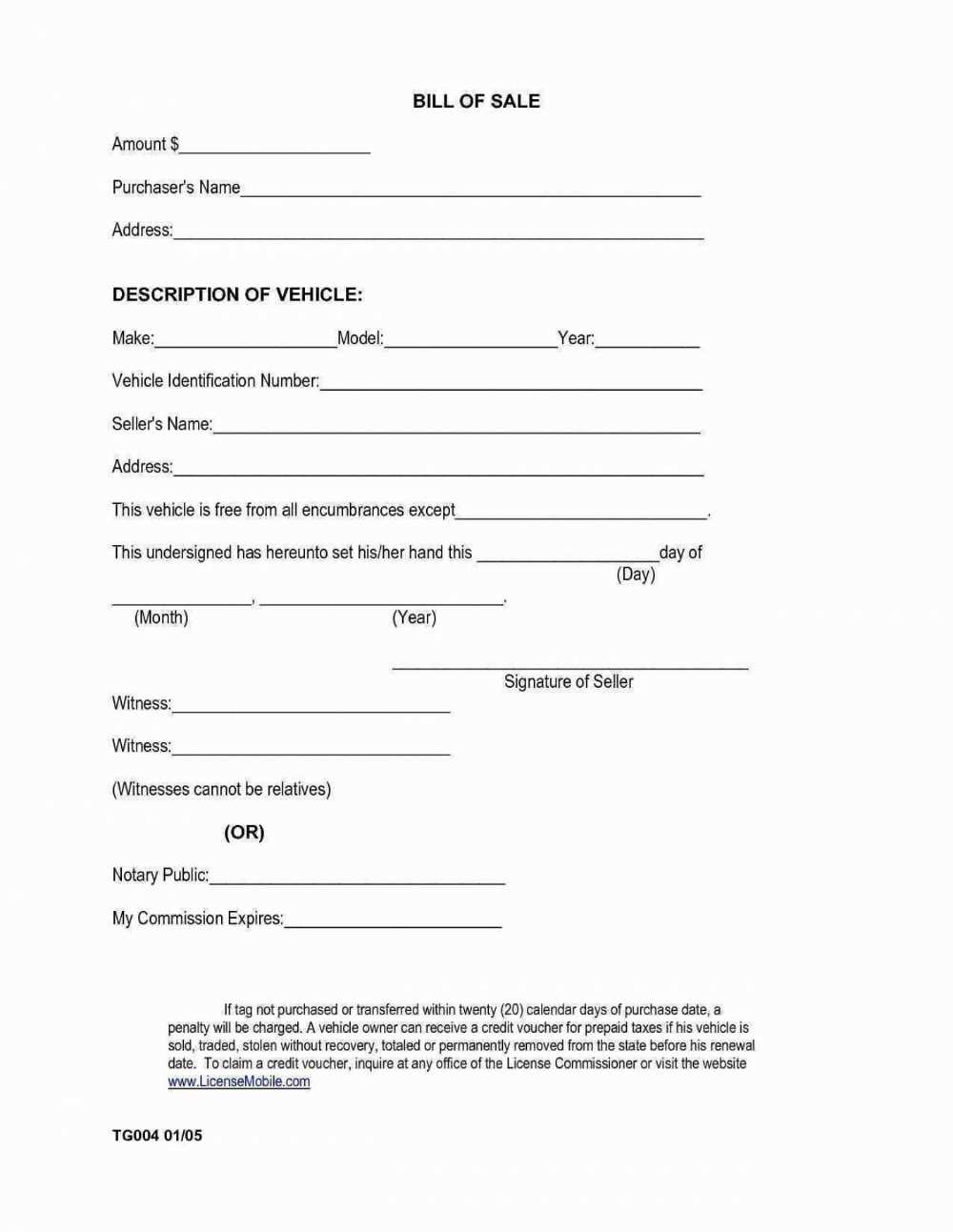
Start with the seller’s full name, address, and contact information. If the car is being sold by a business, the company’s name and registration number are required. The seller should also provide a statement confirming their ownership of the vehicle and authority to sell it.
Buyer’s Details
The buyer’s information should include full name, address, and a valid contact number. Including the buyer’s driver’s license number or any other official identification helps confirm their identity and supports any future transaction verification needs.
Ensure your sales receipt includes the following legal clauses to protect both buyer and seller:
1. Identification of the Parties
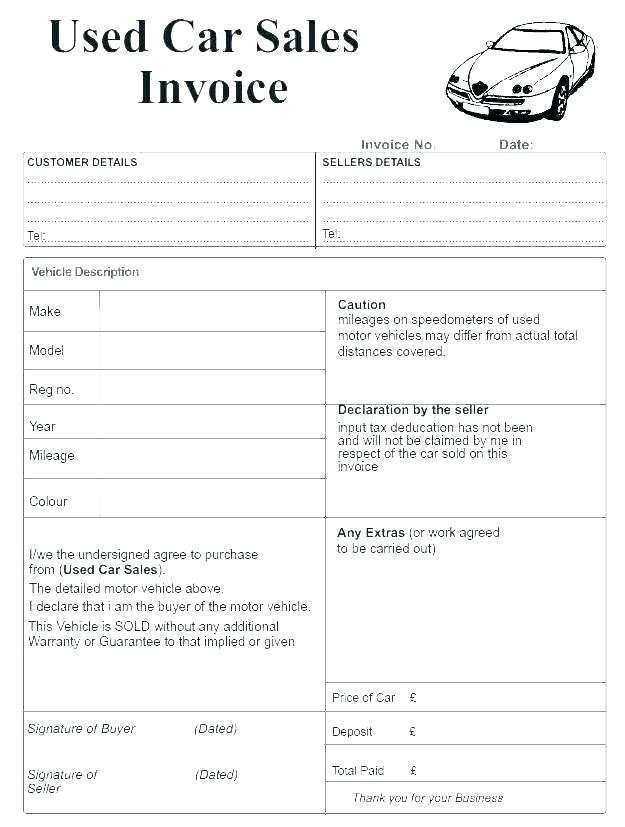
Clearly state the full names and addresses of both the buyer and the seller. This helps avoid confusion about the parties involved in the transaction.
2. Vehicle Details
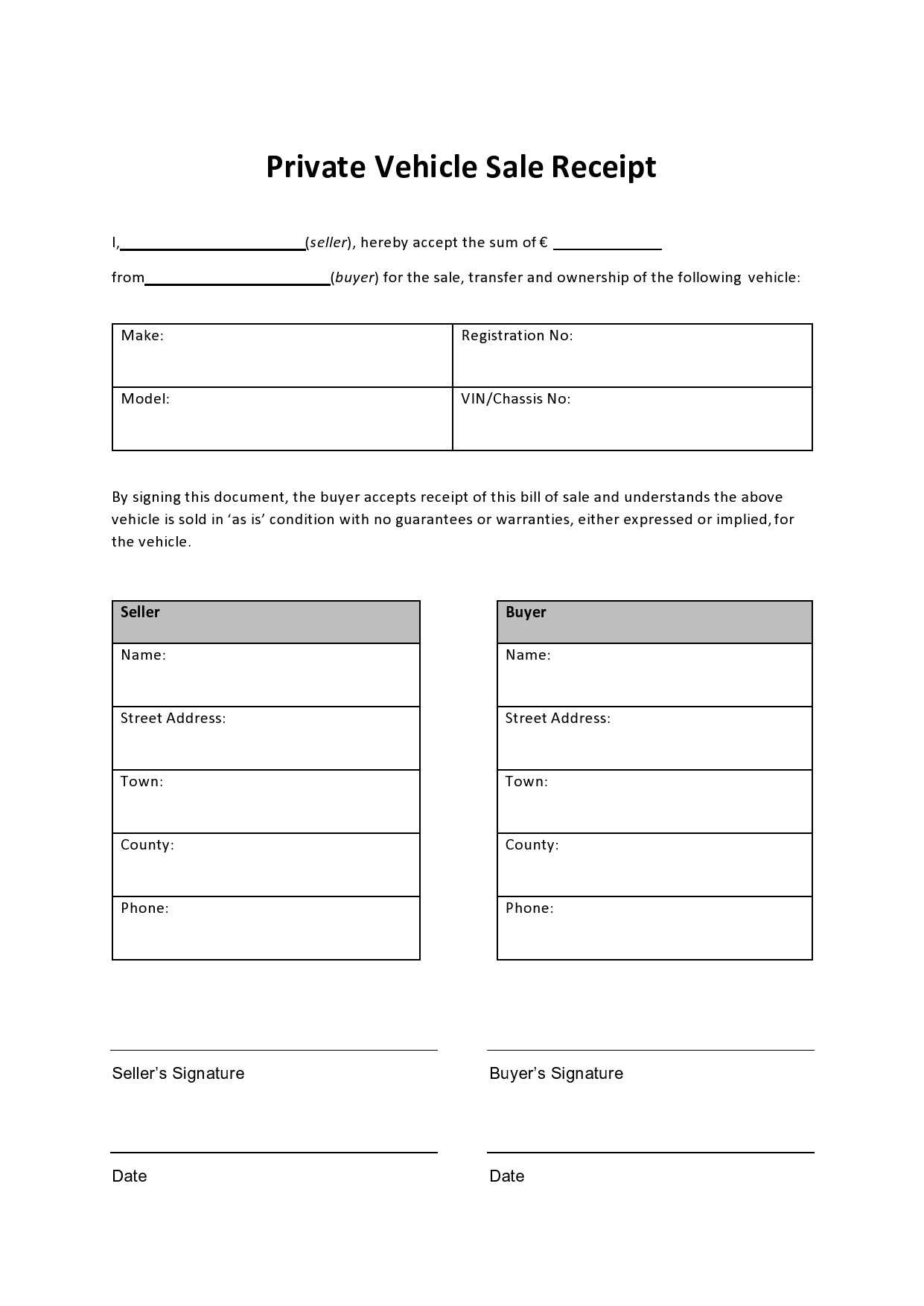
Include the make, model, year, VIN (Vehicle Identification Number), mileage, and any other identifying details about the vehicle. This ensures both parties agree on the exact vehicle being sold.
3. Sale Price and Payment Terms
Specify the total price paid for the vehicle and how payment was made (e.g., cash, check, bank transfer). If a deposit was involved, note the amount and any balance due.
4. “As-Is” Condition Statement
If the vehicle is sold “as is,” clearly state this. This clause protects the seller from future claims about the vehicle’s condition, as the buyer accepts the vehicle without warranties or guarantees.
5. Odometer Disclosure
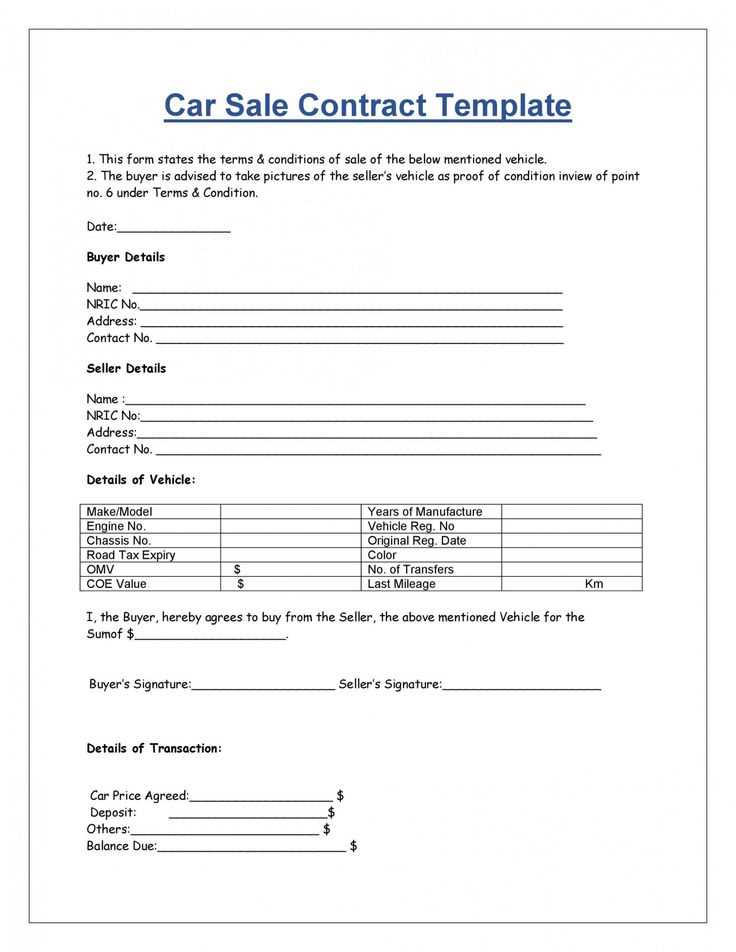
Include an odometer reading statement to verify the car’s mileage. This clause is legally required in many places to prevent odometer fraud.
6. No Liens Clause
Include a statement ensuring that the vehicle is free of any liens or encumbrances. This clause assures the buyer they are receiving clear ownership of the vehicle.
7. Signatures
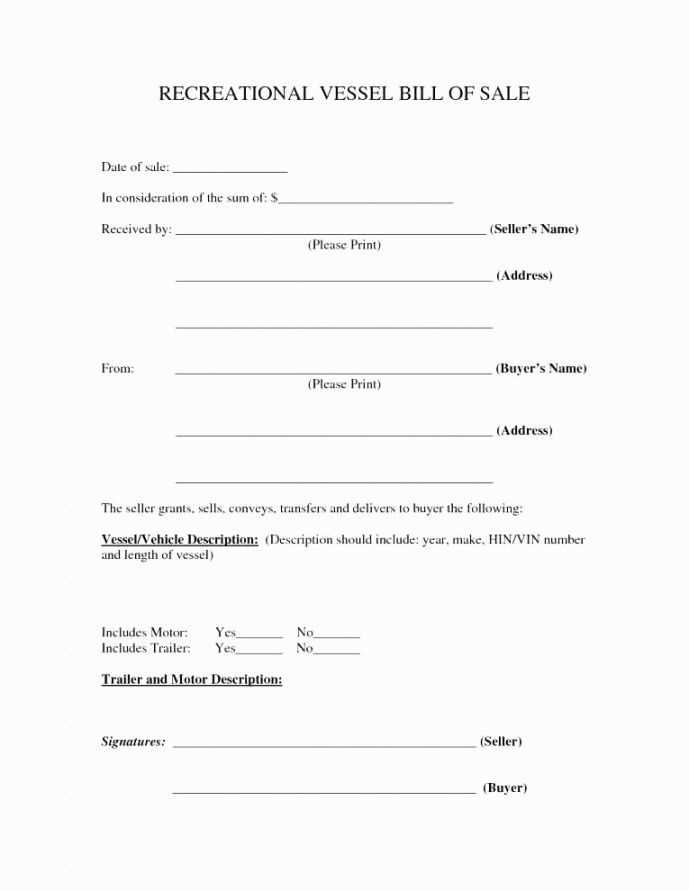
Both the buyer and seller must sign the receipt. This confirms that both parties agree to the terms outlined in the document.
Ensure you clearly specify both the buyer’s and seller’s details in the receipt. Include names, addresses, and contact numbers. This helps confirm the identities of both parties and avoids confusion in the future.
Vehicle information must be accurate. List the make, model, year, VIN, and mileage of the car. This helps establish a clear understanding of the transaction and avoids any disputes about the car’s condition or history.
Payment details should be outlined clearly. Include the agreed amount, payment method (cash, check, bank transfer), and date of payment. This adds transparency and ensures that both parties have agreed on the terms.
Condition of the vehicle is another key element. Specify whether the car is sold as-is or with warranties. Be honest about the condition to prevent misunderstandings. It is helpful to mention if the car has any known issues or if it is free from defects.
Signatures of both parties should be included to finalize the sale. Each signature verifies that both the buyer and seller agree with the terms outlined in the receipt. Keep copies for your records to prevent any future disputes.


